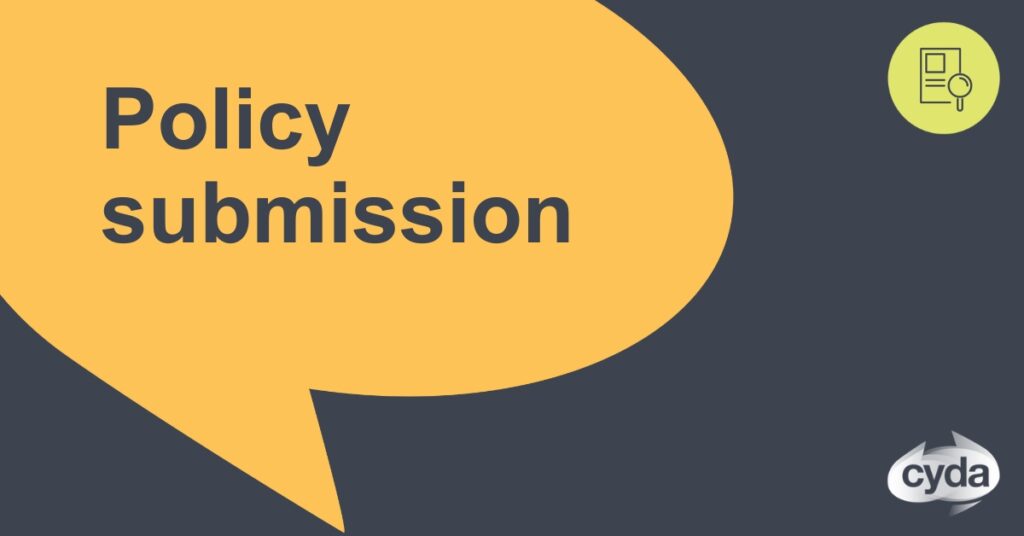⚠️ Content note: Sexual abuse
Children and Young People with Disability Australia agrees with the proposed vision and objective for the Strategy.

⚠️ Content note: Sexual abuse
Children and Young People with Disability Australia agrees with the proposed vision and objective for the Strategy.